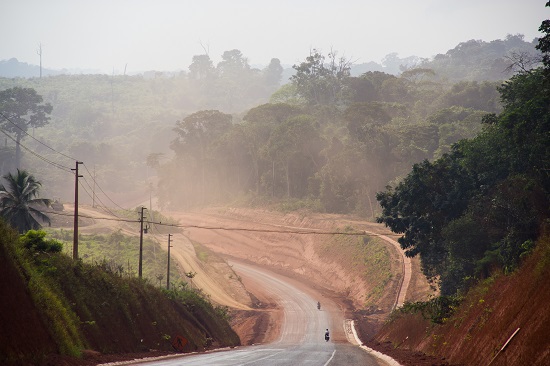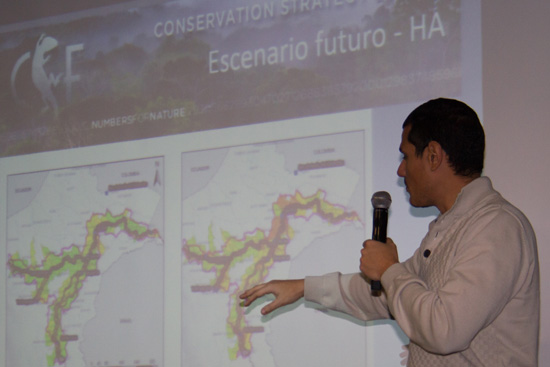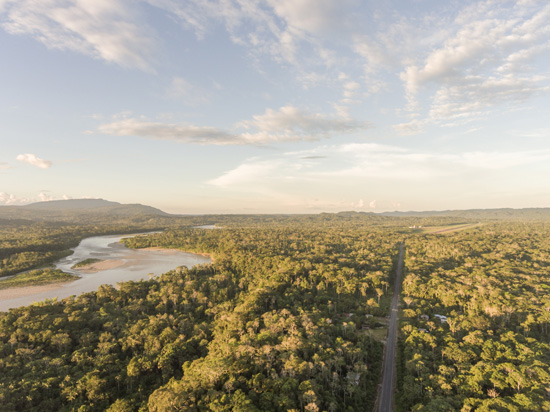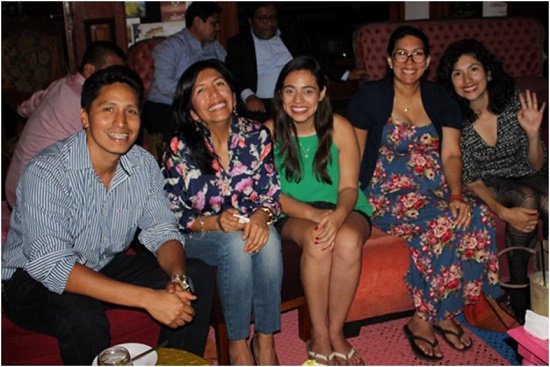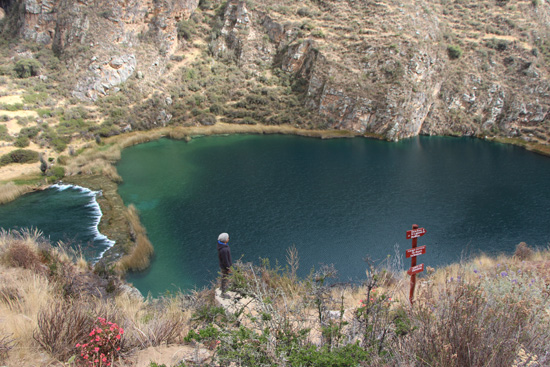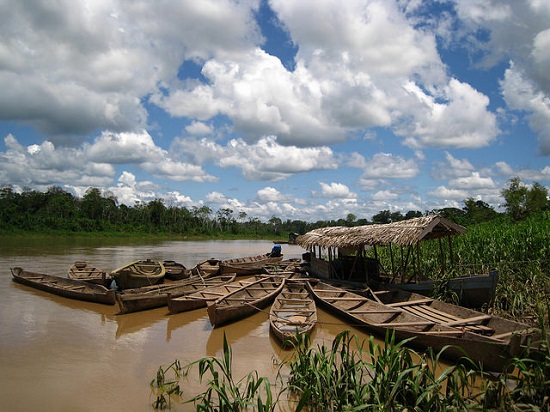News
Road in Brazil. Photo credit: Pedarilhos/Shutterstock.com.CSF has been working with the Moore Foundation, IPAM, and FCDS to identify the relative riskiness of planned roads in the Amazon basin in terms of economic, social and environmental costs. Our goal is to promote better infrastructure decision-making in Bolivia, Brazil, Colombia, Ecuador, and Peru by contributing reliable data to the national road planning process.
Highway in Ecuador. Photo credit: Shutterstock/ Dr. Morley Read.
CSF-Peru's Interim Director José Carlos Rubio taking questions at the forum. Photo credit: Ana Perez/DAR.
Aerial view of a road through the Amazon forest in Ecuador. Photo credit: Dr. Morley ReadInfrastructure investments in the Amazon can support economic and social development, and bring services to remote populations. However, if poorly planned, they can also result in irreversible, destructive change to the environment and ecosystem services on which communities depend, and lead to inefficient use of economic resources.
SENACE course participants Photo credit: Verónica Villarreal Serpa, SENACE
CSF Analyst José Carlos Rubio helping a participant with the cost-benefit analysis exercise. Photo credit: Niki Gribi
Course graduates Marco Bustamente (2014), Sara Mateo (2013), Sofia Vargas (2015), Maria Pia Diaz (2015), and Dora Samaneigo (2014) enjoying the alumni gathering in Lima. Photo credit: Niki Gribi
This article was originally written by SPDA / ActualidadAmbiental.pe
A tourist at the Nor Yauyos-Cochas Landscape Reserve. Photo credit: Annie EscobedoConservation Strategy Fund (CSF) presented a study on the economic impact of tourism within the Natural Protected Areas (ANP) of the National System of Natural Protected Areas by the State (SINANPE).
Yaguas National Park, Peru. Photo credit: Frank S. Cardoza
As part of our collaboration with the Environmental Ministry in Peru (MINAM), CSF has finished a series of papers on environmental compensation (biodiversity offsets). We explored 4 infrastructure and extractive projects in Madre de Dios and Loreto, and analyzed how to offset their residual impacts. This work supports MINAM’s development and implementation of technical compensation guidelines, while also generating evidence about methods for designing environmental compensation plans.

